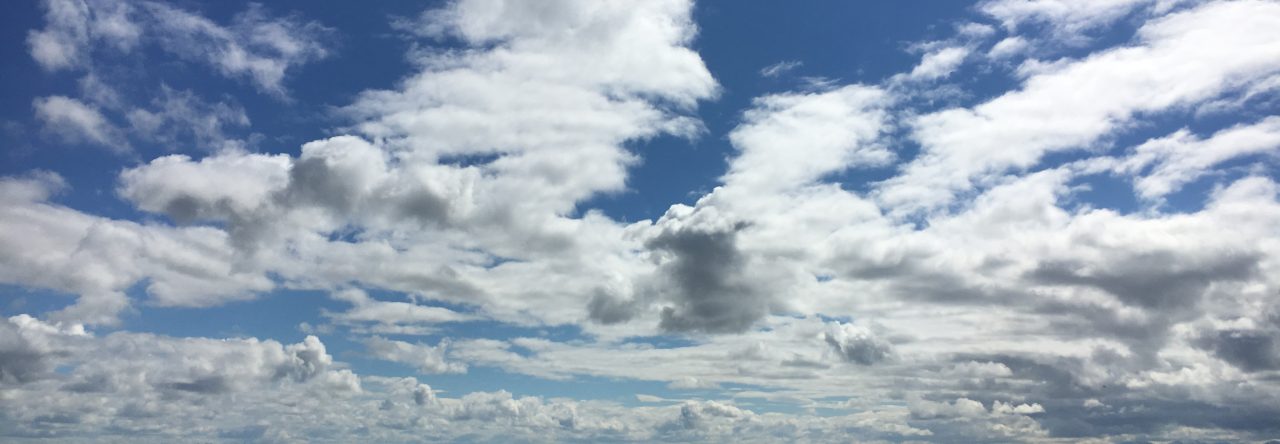From the corner of my couch, the view out the picture window is a perfect artist’s study. The window gives view onto a giant mountain, two lovely trees at two different distances from my house. A beautiful full bush in the near foreground. Foxgloves and ferns rising into the view in the near foreground. There is a footpath leading from my house away to the street at one angle, a road and sidewalk that intersects it at another angle. Across the street my neighbor’s picket fence adds a slim element of structured verticality. Phone and power lines dip across the center of the view. Our arctic entry, with its wide clapboard covering fills about one-quarter of the view, with a trellis for our clematis on its side, framing a window, with crisses and crosses like a Japanese arbor. And in the upper lefthand corner, a spray of a soft-spined pine dips across the triangle of sky not blocked by the mountain.
The composition is nearly perfect.
This evening I sat looking out this window and decided I wanted to attempt to sketch it. With so many points of intersection, bounded by the panes of the window, I felt I had enough guideposts to possibly render it on a page. It was a challenge in “seeing.” Could I make note of all the places where lines crossed and give it some feeling of truth?
In my mind’s eye, I held the image of Renaissance artist Artemisia Gentileschi from the amazing 1997 French film, standing before a framed grid beside her easel on a beach, learning to paint perspective. I tried in my imagination to impose that grid over the view I was seeing, to allow the lines to flow at the correct angles, and the point where mountain crossed roof line, and power line crossed ash tree, to fall on that grid.
Not surprisingly, it was all wrong from the very first strokes. I tried to understand the window frame first, then fill in from there. In my first attempt I drew in the lines for the panes, then the entryway with its hashed trellis, before realizing that the mountain, which takes nearly 50 percent of my view frame, had nowhere to fit. Next I tried Drawing just the vertical lines, then the points of intersection (roof crossing left hand edge of the center pane at the midpoint, mountain crossing the lefthand edge of the left pain at a similar point. But quickly I realized that the maple tree, which stands in front of nearly half of the mountain, was being squished into a tiny wedge.
I stopped there, with light and hours of the day fading. But I realized that many more experiments on this image would be possible. What if I started with the points of intersection, and no window frame, and built out from there? What if I threw aside the pencil and just made dashes of color with paint that approximated the portion of the image that each element takes up? And what if I used a grid, right here in front of my eyes, to learn the language of perspective?
This entire étude was inspired by the first pages of a paper called The Art and Science of Looking Up, which was recommended by a fellow member of a learning cohort of which I’m part.
It has been a pleasure to spend the last forty-five minutes looking up in this manner. Though I’ve ultimately pulled my computer onto my lap to describe what I see, rather than render it on paper, I’ve largely done so with my eyes out my window, watching the day slip into dusk and the clouds move across the precious gift of blue sky, granted to me on this lovely evening as a brief respite in weeks upon weeks of rain. I feel a calm that has eluded me for many days, and I give thanks for that. This, then, is perspective.

